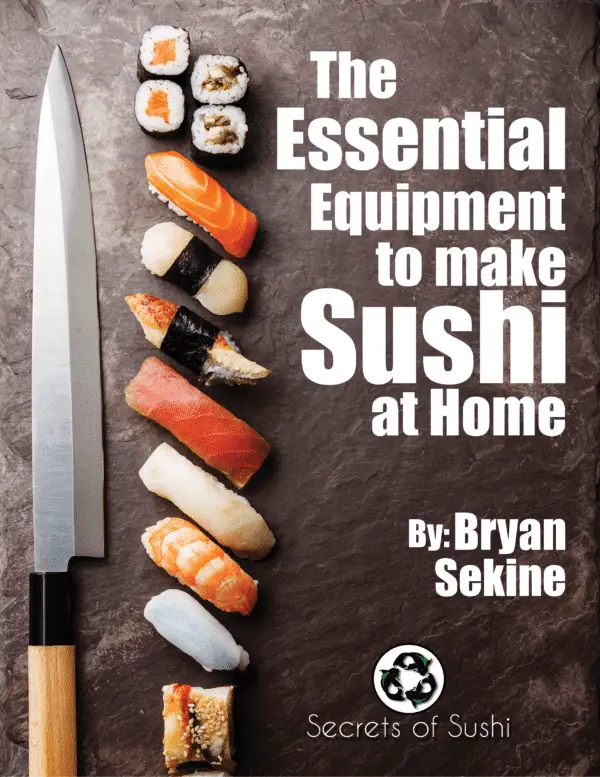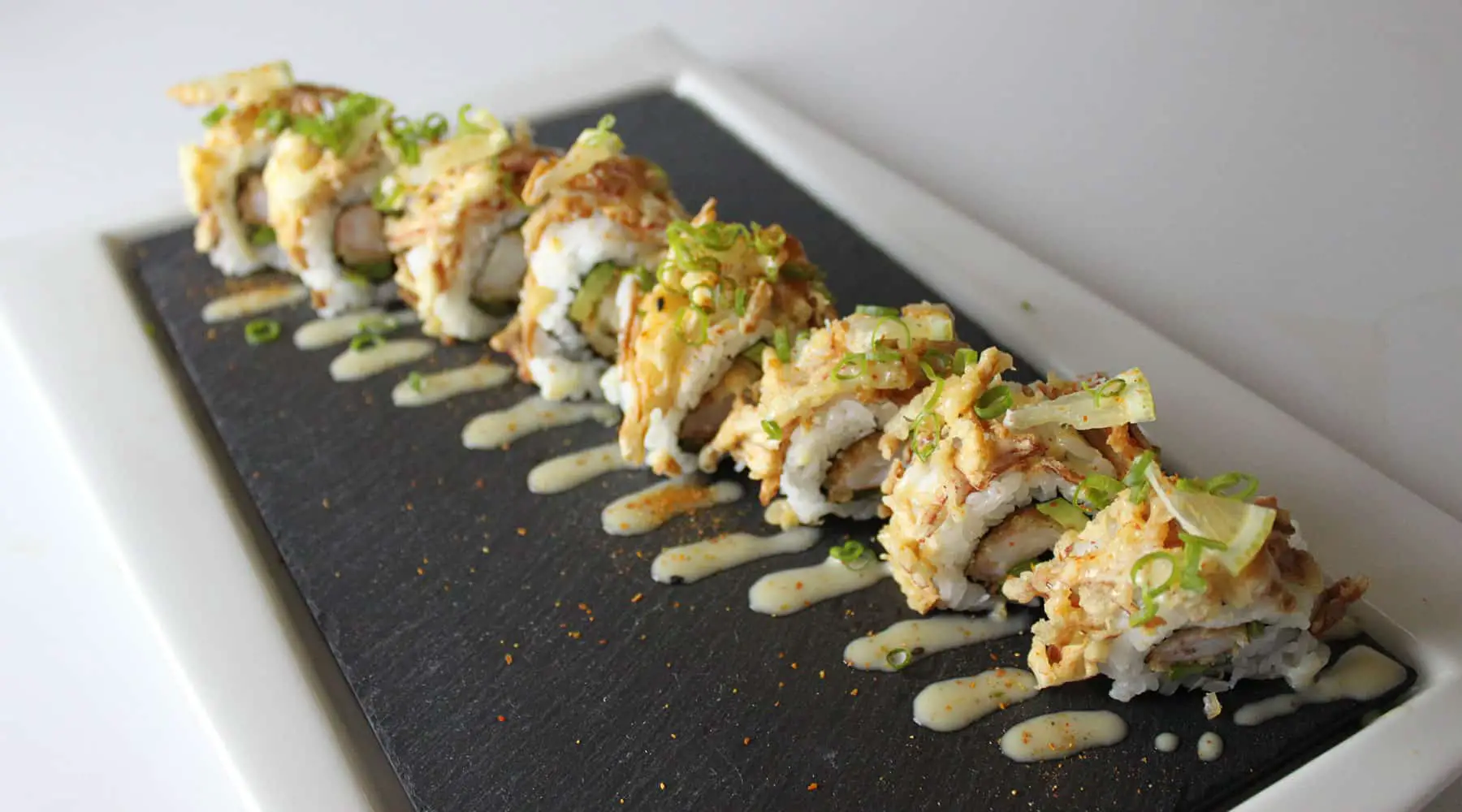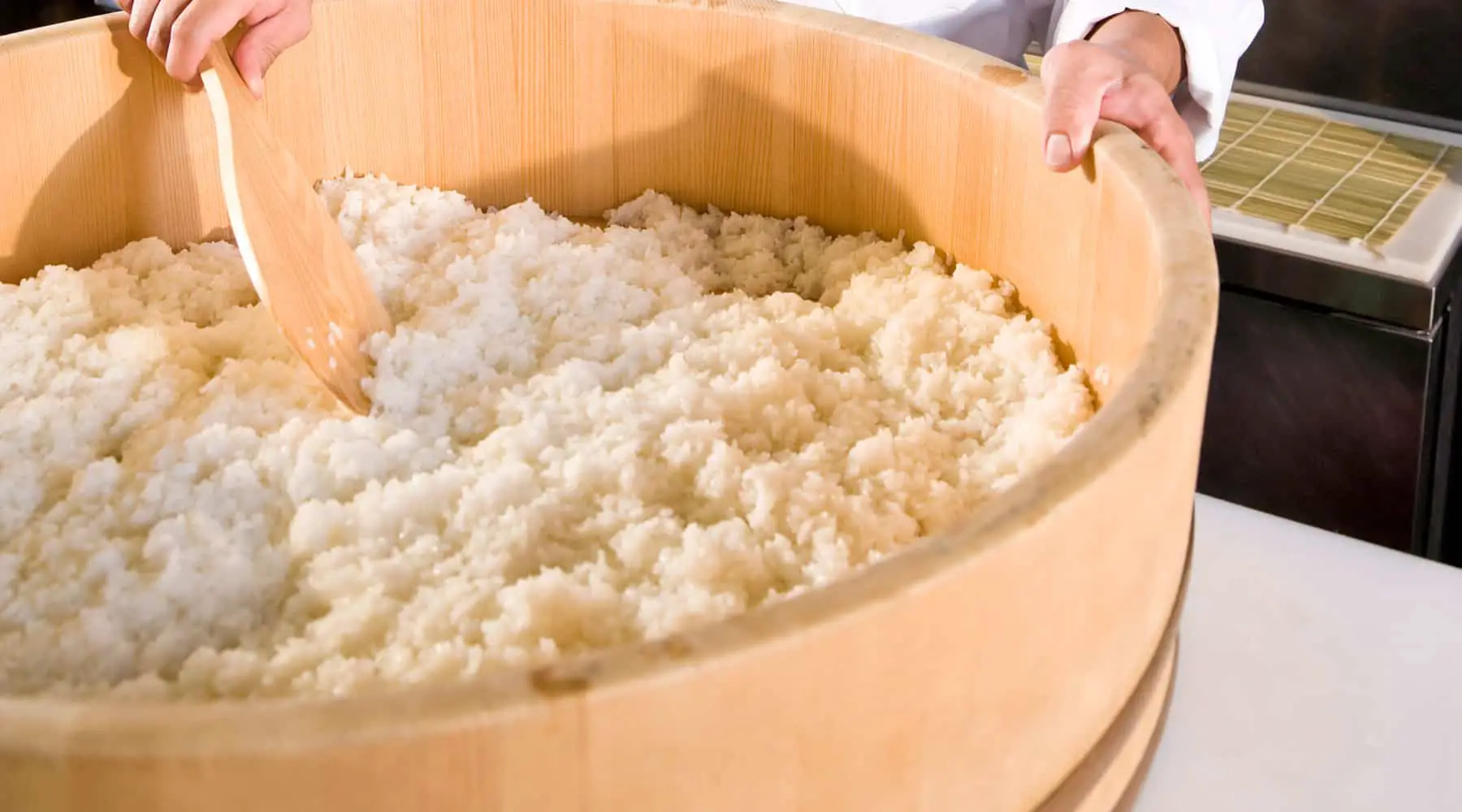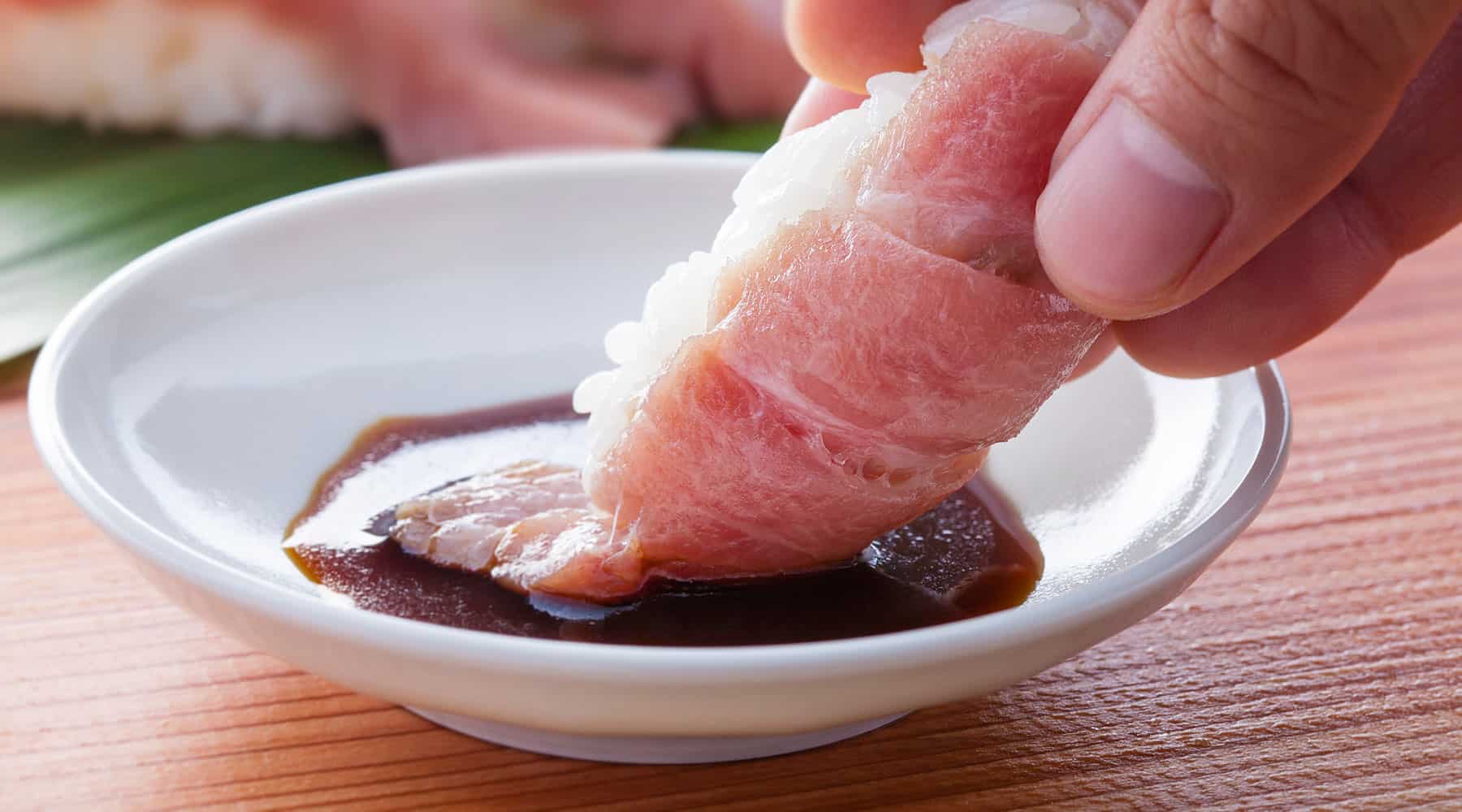Sushi Ingredients
Not all sushi ingredients come pre-packaged and ready to roll. In fact, most don’t!
This section of my website covers the basic ingredients found in sushi and explains the reasoning behind the ingredients we use.
Wasabi
What is wasabi and why would we use it?
Wasabi is a traditional spice, made from a root grown almost exclusively in Japan. It is used for its unique spice quality- a chemical reaction instead of oil (like in most peppers).
This is important to note: since wasabi is NOT oil-based, should you eat too much of it, you can simply eat or drink more from your meal to diminish the heat. The spice is felt more in the nasal cavity and diminishes quickly: leaving an almost sweet aftertaste.
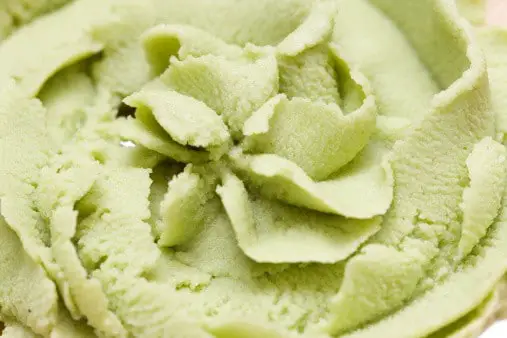
In the United States, it is extremely rare to find authentic wasabi. Being that it is a core sushi ingredient, the demand is always higher than the supply. Most sushi bars, outside of Japan, use a mixture of horseradish and mustard as a substitute. Although the flavors between the two are similar, they are easily distinguishable.
Why is real wasabi so rare?
It’s primarily because the wasabi plant is difficult to cultivate. The wasabi root (which real wasabi is made from) also loses its flavor between 15-30 minutes after being grated. So the fact that it’s hard to grow and cannot be made in large quantities at sushi bars makes it very expensive.
Did you know that the wasabi plant has not only antibacterial properties but also cancer-fighting, biochemically active compounds known as isothiocyanate?
Ginger
Why is ginger so commonly used in sushi ingredients?
Pickled ginger, also known as Gari, is a sweet, thinly sliced ginger root that is marinated in sugar and vinegar. It is made from yellow ginger and it typically takes on a natural pink tint from the pickling process. This sushi ingredient is found on every plate of sushi.
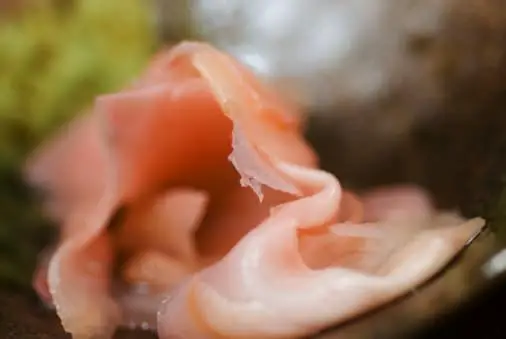
Ginger is traditionally used to clean the palate- between bites of different sushi. However, pickled ginger has several other beneficial qualities to it as well! For example, the antiseptic qualities were used in feudal days to help prevent any negative effects of bad fish. Ginger is also used to settle an upset stomach!
Sushi Rice
Learning how to make sushi rice is, hands down, the most important step when it comes to making sushi. If the rice isn’t good, it doesn’t matter what ingredients you use or how fresh they are.
Making the rice perfect is easy to mess up if you don’t know what you’re doing. However, once you learn how to make sushi rice, it’s like riding a bike- you will never forget. Click on the link above to get the full, step-by-step instructions as well as a video tutorial on how to make perfect sushi rice.
For this tutorial, you will need:
- Short grain rice (Medium grain also works. Terms like “extra fancy” or “Premium” may also be found on the bag)
- Rice cooker
- Measuring cup (larger than 1 cup)
- Large bowl or tray
- Large bamboo (or wooden) spoon
- Kitchen sink
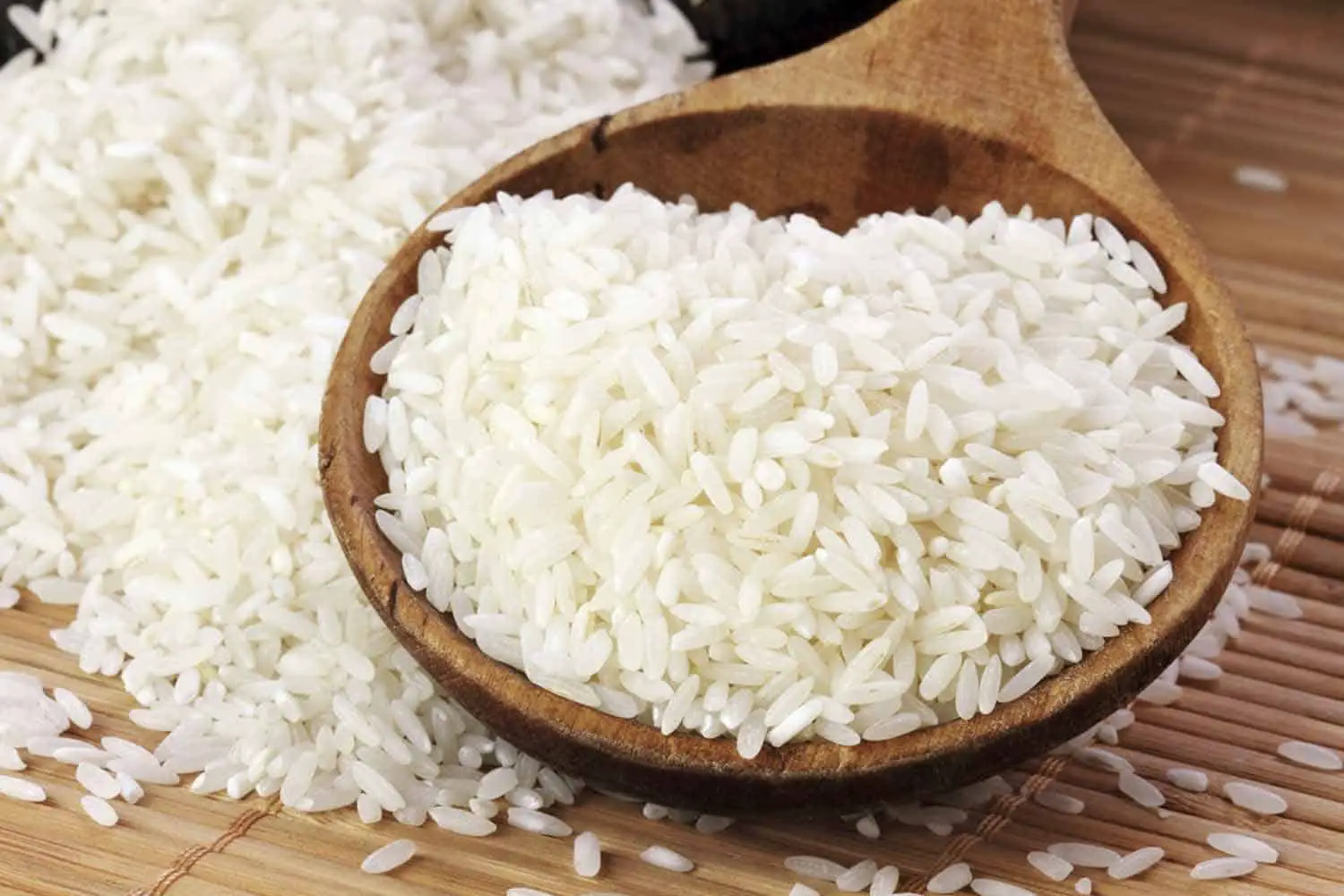
Nori
Nori refers to the seaweed in a sushi roll. It’s thin, crisp, and aromatic.
Nori is used to hold rolls and nigiri together and it’s found in most sushi rolls across the world.
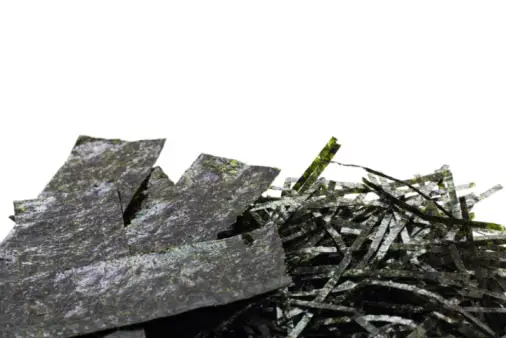
The production of this type of seaweed dates back to 700 AD in feudal Japan. Today, 230 sq. miles of Japanese coastline is dedicated to producing over 340,000 tons of seaweed per year. At a range of 30-90 cents per sheet, that produces over 1 billion dollars (USD) of profit per year!
To learn more about the secrets of seaweed in sushi, check out my page on Nori.


